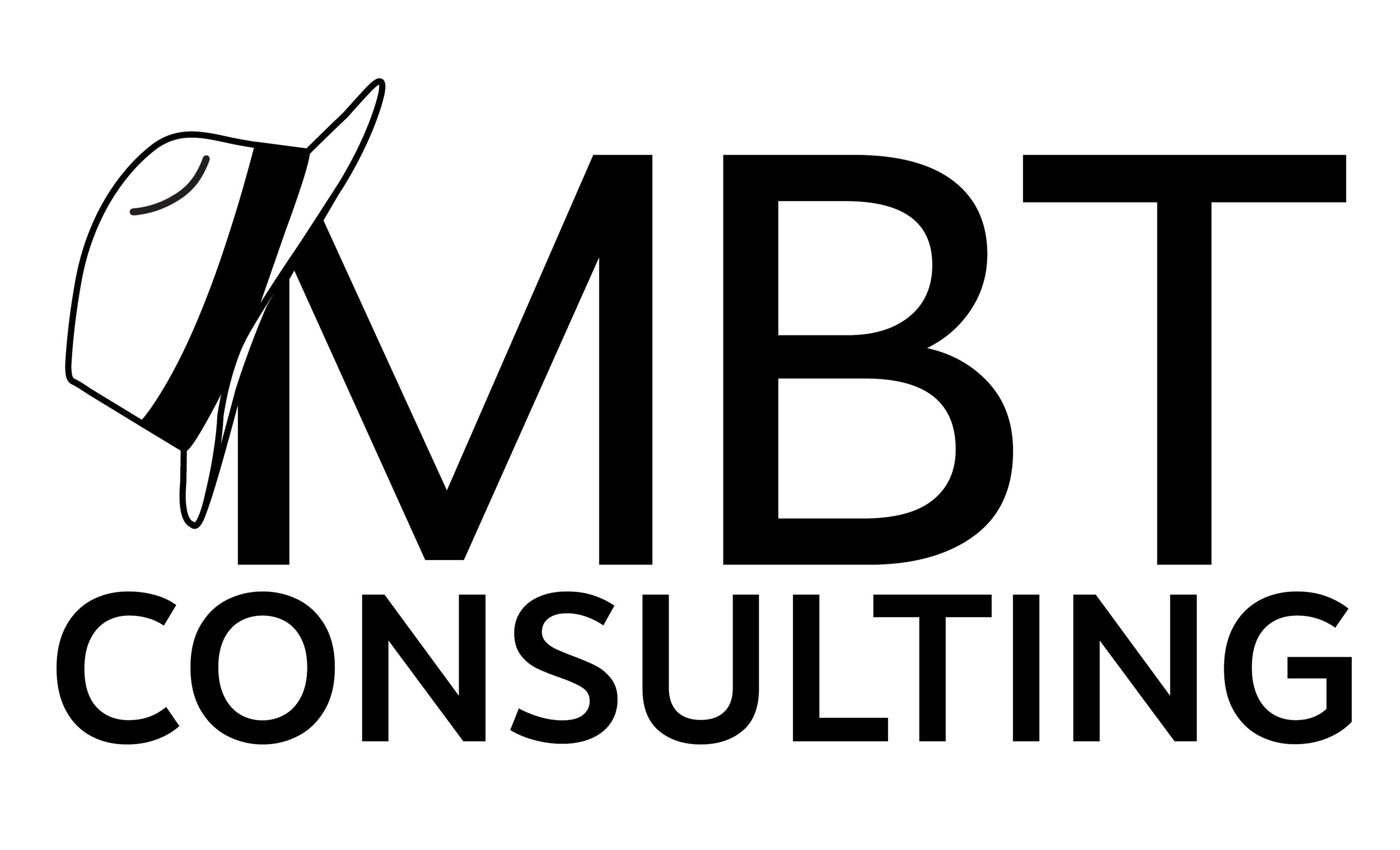Spring for the Twenty Bucks!
At last week’s chamber of commerce event I met Emily Tarpley, a financial services professional from Northwestern Mutual, who helps 20-somethings plan for retirement. Her business card had basic contact information, disclaimers in mouse type, and a ¼-inch corporate logo.
And with the idea of disclaimers in the air, I should note that Emily gave me permission to mention her in this column by name.
Now the truth is her business card was hardly memorable, but who cares, right? After all, I’m not her prospect.
Still, one thing caught my eye: The corporate switchboard number had been crossed out, leaving only her cell number legible. She said she prefers people calling her directly to build relationships with them and risks losing control if calls go to HQ.
Given that service businesses are typically built on relationships, I respect her motives…just not her strategy.
Call me old-fashioned, but to me a crossed-out number just looks amateurish.
Of course, there are situations she encounters where the corporate phone number must be in place, and in those circumstances she doesn’t touch it. She only skirts that rule when she can.
THIS BELONGS IN EVERY BUSINESS LIBRARY!
Now available in paperback and on Kindle!
Making matters worse, because she works entirely on commission, Emily wants to use her existing inventory of cards before printing anything new.
As a business owner, I understand the importance of watching expenses. But when you consider that for $20 she could print a second business card exactly like the first but with just her phone number on it, why not opt for the professional image?
After all, she’s already investing time and money in events that will presumably expose her to the right kind of clientele. And if she picks up just one new customer, the cards will have more than paid for themselves.
I know that many people don’t use business cards anymore, thinking that having their phones kiss is enough to leave an impression.
But the reality is leaving a conversation holding something tangible can significantly improve someone remembering you and wanting to do business with you.
If you have a business card that is both branded and memorable, you’re more likely to stand out in someone’s mind when they’re relaxing, organizing or considering a purchase.
And a card that has your proper title, credentials and contact information printed on it is more likely to leave a better impression.
Because when it comes to trusting someone with your retirement money, everyone — even worker bees earning $15,000 — will feel more comfortable if their financial representative gives an impression of professionalism.
Oh, and one last thing: I have since spoken further with Emily about this subject, and her new business cards should be ready in a few days.
With that said, I wish you a week of profitable marketing.
——-
Join the conversation at www.askmrmarketing.com.



